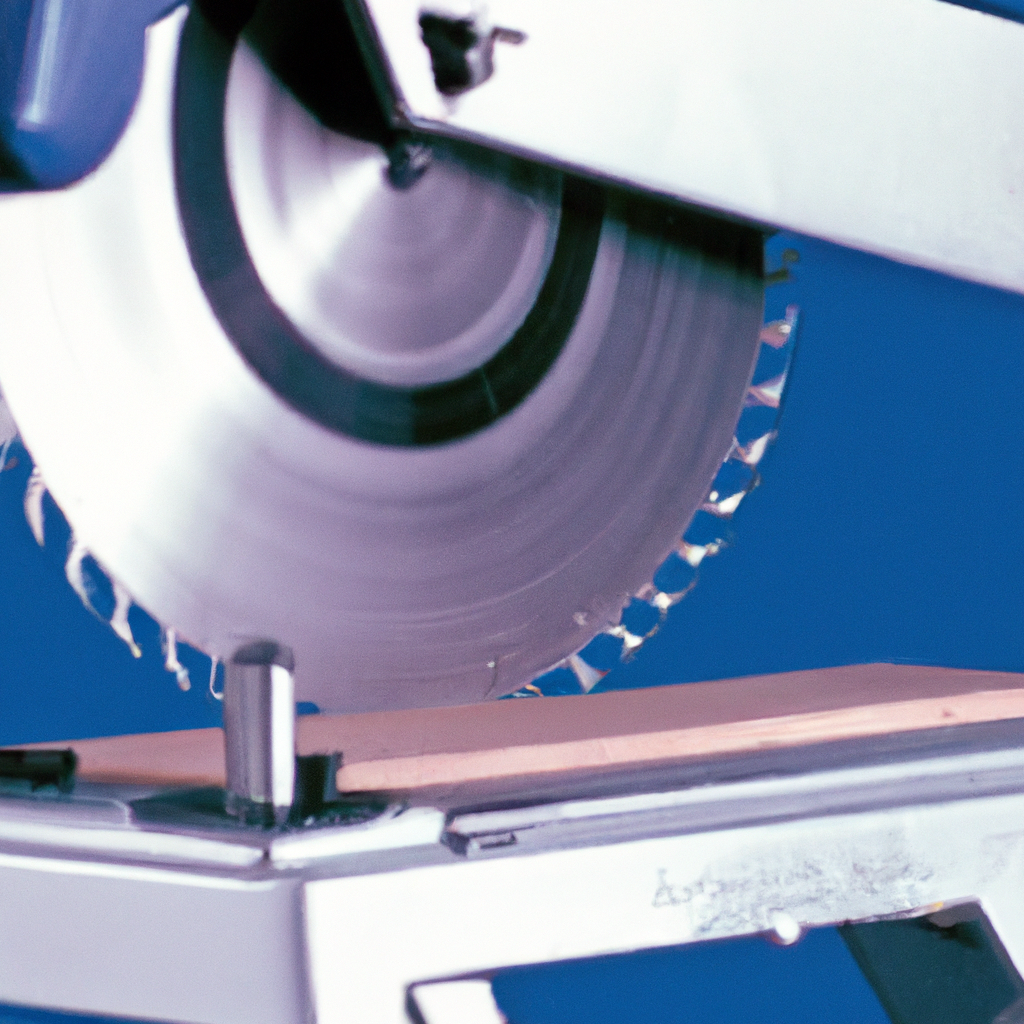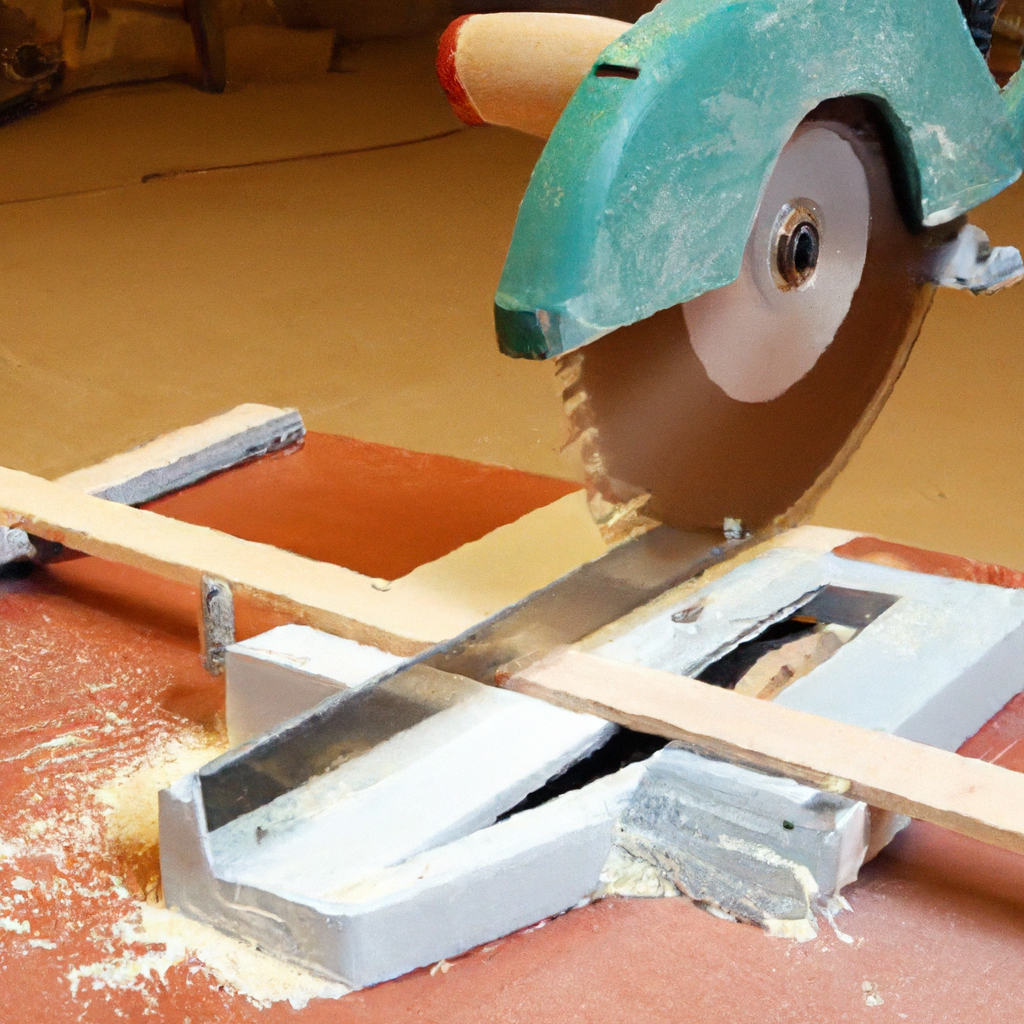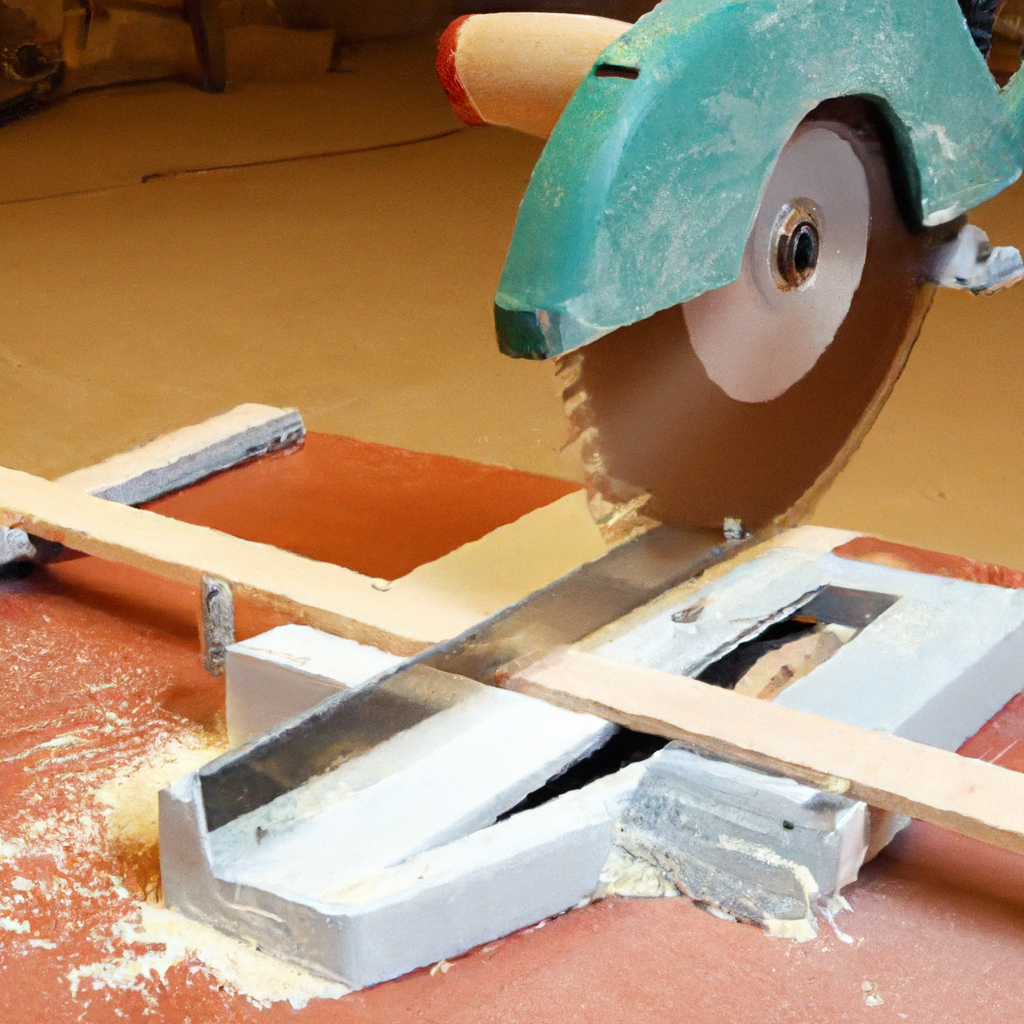Have you ever experienced the frustration of your table saw kicking back? We’ve all been there, and it can be quite alarming. But fear not, because in this article, we’re going to explore the reasons behind this common issue and provide you with some simple tips on how to prevent it. Whether you’re a seasoned woodworker or just starting out, understanding why your table saw kicks back is essential for your safety and the quality of your work. So let’s get to the bottom of this problem and ensure smoother, safer cuts in the future.
Causes of Kickback
Kickback is a dangerous phenomenon that can occur while using a table saw. It happens when the workpiece is forcefully thrown back towards the operator, often at high speed. This can result in serious injuries, including lacerations, broken bones, and even amputations. There are several factors that can contribute to kickback incidents, and it’s important to understand them in order to prevent such accidents. Here are the main causes of kickback:

Incorrect Blade Alignment
One of the primary causes of kickback is incorrect blade alignment. When the saw blade is not parallel to the miter slot or the fence, it can cause the workpiece to bind against the blade, leading to kickback. It is crucial to ensure that the blade is properly aligned before starting any cutting operation.
Dull or Damaged Blade
Using a dull or damaged blade significantly increases the risk of kickback. A dull blade may not cut through the wood smoothly, causing it to catch and bind, leading to kickback. Similarly, a damaged blade with missing or chipped teeth can also cause the workpiece to snag, resulting in kickback. Regular blade maintenance, including sharpening or replacing as needed, is essential for preventing kickback incidents.
Insufficient Blade Height
Blade height plays a crucial role in preventing kickback. If the blade is set too low, it may not protrude enough from the table, making it difficult to guide the workpiece safely through the cut. This can lead to kickback as the wood gets caught and propelled backward by the spinning blade. It is important to properly set the blade height to ensure safe and effective cutting.

Improper Feeding Technique
The way you feed the workpiece into the saw can also contribute to kickback incidents. Pushing the wood too quickly or unevenly through the blade can cause it to bind or twist, resulting in kickback. It is important to maintain a steady and consistent feed rate, applying even pressure throughout the cut. Using proper feeding techniques, such as using push sticks and featherboards, can help prevent kickback by providing more control over the workpiece.
Inadequate Riving Knife or Splitter
A riving knife or splitter is a safety device that helps prevent kickback by keeping the kerf open behind the blade. It prevents the wood from squeezing together and binding against the back of the blade, reducing the risk of kickback. If the riving knife or splitter is missing or improperly adjusted, it compromises the ability to prevent kickback. Ensuring the presence and proper positioning of a riving knife or splitter is crucial for safe table saw operation.
Overloading the Saw
Every table saw has its limits in terms of what it can handle. Overloading the saw by forcing the wood through too quickly or by cutting materials that exceed the saw’s capacity can increase the risk of kickback. Excessive strain on the motor or blade can cause the wood to kick back unpredictably. It is important to understand the saw’s capacity and use it accordingly to avoid overloading.
Defective Anti-Kickback Pawls
Anti-kickback pawls are another safety feature designed to prevent kickback incidents. These small devices grab onto the wood and prevent it from being thrown back by the spinning blade. However, if the pawls are defective, they may not engage properly or may fail to grip the workpiece effectively, increasing the risk of kickback. Regular inspection and replacement of defective pawls are necessary to ensure their effectiveness in preventing kickback.
Lack of Proper Maintenance
Proper maintenance of your table saw is crucial for safe operation. Failure to clean and lubricate the saw regularly can lead to the accumulation of debris or sawdust, which can interfere with the smooth movement of the workpiece and increase the risk of kickback. Additionally, checking and tightening any loose parts, such as the blade, fence, or miter gauge, helps ensure stable and secure cutting. Regular maintenance and upkeep are essential for preventing kickback incidents.
Presence of Debris on the Table
A cluttered table can also contribute to kickback incidents. The presence of debris, such as offcuts, tools, or other objects, can disrupt the movement of the workpiece, causing it to bind against the blade and kick back. Keeping the table clean and clear of any unnecessary items or debris is important to maintain a safe work environment.
Operator Error
Lastly, operator error is a significant factor in kickback incidents. Misjudging the wood’s behavior, not paying attention to the workpiece, or using improper techniques can all lead to kickback. It is essential to familiarize yourself with proper handling and operation techniques, such as maintaining a firm grip on the workpiece, standing to the side of the blade, and using the appropriate safety equipment. Avoiding common mistakes and practicing safe cutting habits significantly reduce the risk of kickback.
Overall, understanding the causes of kickback and taking necessary precautions is vital for preventing this dangerous hazard. By ensuring proper blade alignment, using sharp blades, maintaining sufficient blade height, employing proper feeding techniques, utilizing a riving knife or splitter, avoiding overloading the saw, inspecting and replacing defective pawls, performing regular maintenance, keeping the table clear of debris, and practicing safe operation, you can minimize the risk of kickback and enjoy safe and efficient table saw use. Remember, your safety is in your hands, so always prioritize caution and follow best practices to prevent kickback incidents.

